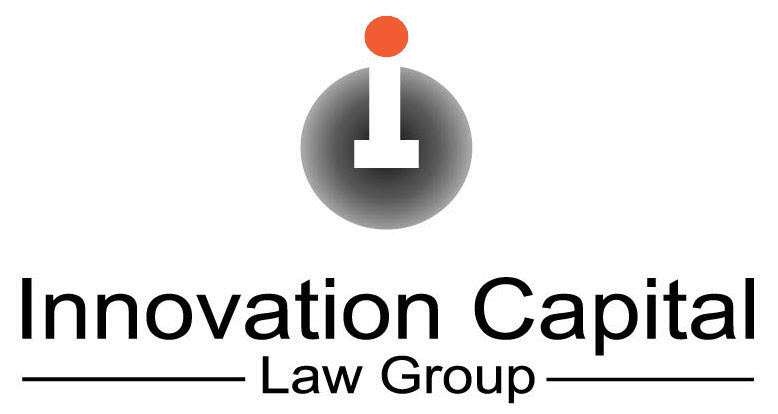What makes someone a patent inventor?
Every US patent application requires an identification of each inventor. A patent inventor must be an individual who contributes to the conception of an invention as defined by the claims. Companies and organizations cannot be inventors. Inventorship, however, is not the same as ownership of the patent.
Need to obtain a strong patent? Contact US patent attorney Vic Lin at vlin@icaplaw.com to explore how we can help you get patents that stop competitors from copying your innovation.
How do you determine the inventors of a patent?
In a design patent, the claim consists of the drawings. So the inventor of a design patent is someone who contributed to key ornamental features shown in the figures.
In a utility patent, however, the claims do not consist of the drawings or the detailed description. Utility patent inventors, therefore, are the individuals who contributed to the invention as defined by the textual claims. It is possible, therefore, for inventorship to change based upon what is claimed in a utility patent application.
A helpful starting point would be to identify each person who contributed to the conception of the claimed invention.
How to correct inventorship
If an inventor was inadvertently omitted from or added to the list of inventors in a nonprovisional patent application, a request to correct inventorship may be filed with an updated Application Data Sheet and a USPTO processing fee under 37 CFR § 1.17(i). [See MPEP 602.01(c), and 37 CFR 1.48].
What is a derivation proceeding?
For patent applications filed on or after March 16, 2013, a derivation proceeding may be available for a true inventor to challenge inventorship. The alleged true inventor must not be the first to file a patent application. Otherwise, the application by the true inventor may already qualify as prior art under 35 USC 102.
A derivation proceeding must be filed within one year of the earliest publication of the claims to be challenged. Derivation proceedings are available only to applicants. Therefore, the challenger must also file their own patent application prior to or with the derivation proceeding.
Can a US national stage application have different inventors than those in the PCT application?
Yes, a Preliminary Amendment can be filed with the initial filing of a US national stage application to cancel claims involving certain inventors. An Application Data Sheet (ADS) must also be filed with the national stage application identifying the remaining inventors and omitting the inventor(s) of the canceled claims.
37 CFR 1.41(e) states:
- (e) The inventorship of an international application entering the national stage under 35 U.S.C. 371 is the inventor or joint inventors set forth in the application data sheet in accordance with § 76 filed with the initial submission under 35 U.S.C. 371. Unless the initial submission under 35 U.S.C. 371 is accompanied by an application data sheet in accordance with § 1.76 setting forth the inventor or joint inventors, the inventorship is the inventor or joint inventors set forth in the international application, which includes any change effected under PCT Rule 92bis.
How to identify patent inventor name
Each inventor should be identified by their legal name [see MPEP 602.08(b)].
How to correct patent inventor name
To correct an inventor’s name, a corrected Application Data Sheet (ADS) must be filed with underlinings and strikethroughs to show the changed or updated information [see 37 CFR 1.76]. A USPTO fee applies for correcting inventor names.
Need help with patent inventor issues?
Contact US trademark and patent attorney Vic Lin at vlin@icaplaw.com or call (949) 223-9623 to see how we can help you straighten out patent inventor issues.


